The U.S. Department of Transportation (DOT) number stamped on the tire’s sidewall contains a date code that identifies the age of your tires. This DOT number (also called the Tire Identification Number or TIN) is contained in a sequence of up to 12 letters and numbers that signify the tire size, the manufacturer, the specific plant where it was built and when it was built. In the event of a recall, tiremakers and the National Highway Traffic Safety Administration use the DOT number to identify which defective tires are in the campaign. The date code used on tires is not a typical representation used for dates and can be easily missed by the untrained eye.
To determine the age of your tires, check the last four digits of the U.S.
Tires built from 2000 to the present use the last four-digits of the DOT number to identify the week and year of manufacture. For example, a DOT number with 4116 at the end of the sequence would mean that the tire was manufactured in the 41st week of 2016, or sometime in the mid-October.
While it is increasingly rare to find a tire made before 2000, these tires use only three digits in the date code for the week and year. A tire with a three-digit date code like 416 means that the tire was made in the 41st week of 1996.
Tire DOT Numbers Include a Date Code
(Source: National Highway Traffic Safety Administration)
Be aware that the complete tire DOT number is not required to be molded on both sides of the tire. While some tire makers include the full DOT number on both sides, the date code on your tires may only be contained on one side. If the DOT number is only eight characters, you’ll need to look on the other side of the tire to find the full number with the date code.
Why is it important to understand your tire’s age? Manufacturers have known for decades that exposure to heat and oxygen weakens rubber over time. Today’s tires are highly engineered products, with anti-aging chemicals mixed in the rubber compounds, along with others to make the rubber softer and more flexible. But, over time, the rubber and component materials within the tire changes and becomes more prone to failure. In most instances this loss of strength is invisible – and the material degradation is present regardless of tread depth and even in tires that have never even been put on a vehicle
Today’s tires are highly engineered products, with anti-aging chemicals mixed in the rubber compounds, along with others to make the rubber softer and more flexible. But, over time, the rubber and component materials within the tire changes and becomes more prone to failure. In most instances this loss of strength is invisible – and the material degradation is present regardless of tread depth and even in tires that have never even been put on a vehicle
Aged tires are more susceptible to catastrophic tread separations, which occurs when the tire’s outer layer separates from the tire body or casing. This type of failure can be much more dangerous for drivers to manage than a flat tire or blow out, particularly in trucks, SUVs and vans – particularly 15-passenger vans – because they are more prone to handling and stability problems.
While tread separations caused by manufacturing defects can occur in new tires, tires older than six years – especially those on vehicles located in hot-weather states such as if such as Arizona or Florida – are more prone to suffer a catastrophic tread separation.
According to the National Highway Traffic Safety Administration “Most vehicle owners can easily overlook tire aging, increasing their risk of a crash.”
Based on research showing that the rate of tire failures increases after six years, nearly all vehicle manufacturers recommend owners replace tires after six years, regardless of tread depth. Most tire manufacturers recommend replacement at 10 years or that owners follow the vehicle manufacturer’s guidelines. Tire makers continue to insist that expiration dates are not necessary, yet, nearly all passenger and light truck tire warranties expire at six years. Some tire retailers have also adopted the tire age recommendations and will not service vehicles with tires that are beyond the manufacturers age recommendation.
Consumers should also check the DOT code when buying new replacement tires. Some retailers will sell a “new” tire that has actually been sitting in their inventory for years.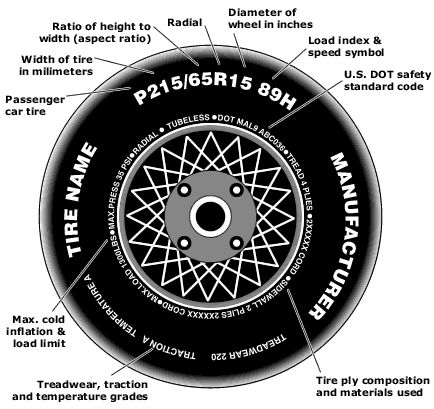 That tire could have been improperly stored in a warehouse or outdoors exposed to high temperatures that reduce a tire’s robustness and useful life.
That tire could have been improperly stored in a warehouse or outdoors exposed to high temperatures that reduce a tire’s robustness and useful life.
Consumers should insist on replacement tires manufactured within months of the purchase date. And, regardless of tread depth, vehicle owners should replace their tires six years and older.
Call us if you believe a defective tire caused your accident. The team at Newsome Melton can review the facts of your case and determine if we believe you have a valid claim for compensation. If we feel you have a strong defective tire case against the manufacturer, we can navigate the claims process on your behalf and potentially recover compensation to pay for your medical bills, lost wages, vehicle repair or replacement, or other losses.
Call us today at 888-221-5316 or contact us through our online chat. We offer free reviews and handle many of these claims on a contingency fee basis.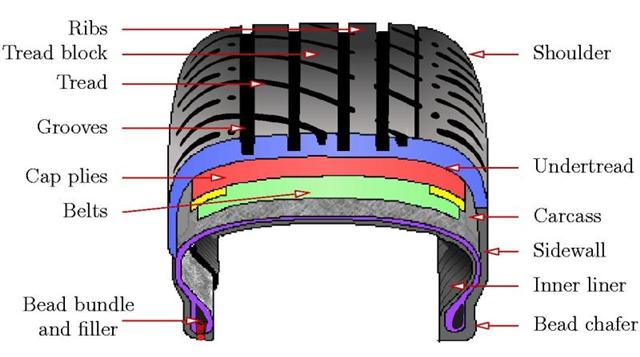 This means we do not recover compensation unless you do.
This means we do not recover compensation unless you do.
Are you having difficulties reading the DOT number of your tires? Do you want to know how to read tire date codes? If you have lost the receipt of your purchase, you might be having difficulties knowing the exact age of your tires. This issue is common and you can find the solution from your tires. Just observe your tires, you will get the answer.
*Picture Copyright: UTires.com
How to Read Tire Date Codes?Whether you are financing your tires or purchasing them, it is important to understand how to read tire date codes. The numbers are present on tires only. You just need to know how to get them. You might have difficulties while reading codes on old tires. Keep reading to know how old your tire is.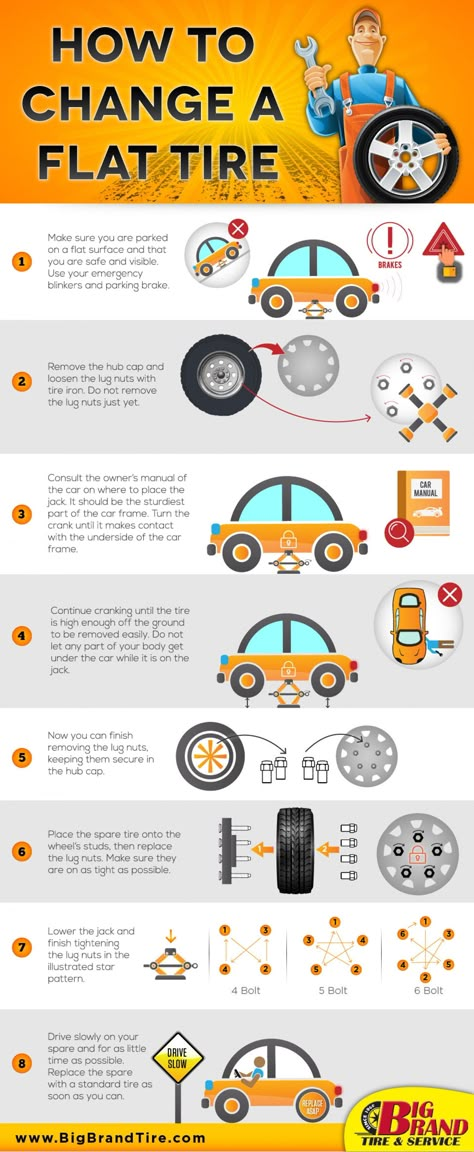
Look at all the sides of the tires. There are a bunch of numbers and letters. It might seem like a jumble. But this is helpful information about the tire. Find the number that starts with DOT and followed by ten to twelve series. This code will reveal a lot of things about your tires. You will know the tire size, year, and place of the manufacturing with the unique code of the manufacturer. You can also rent a wheel payments to know more about tires. Once you rent a tire payments, you will not have to be bothered about the manufacturing year. They will take care of this. You just need to look for a rent a wheel return policy to make it more beneficial for you.
Tires Manufactured 2000 & AfterRemember that the last four digits of the code are the date the tire was manufactured. You can check the first two digits of the DOT code to know the week of the manufacturing. The last two digits will reveal the manufacturing year.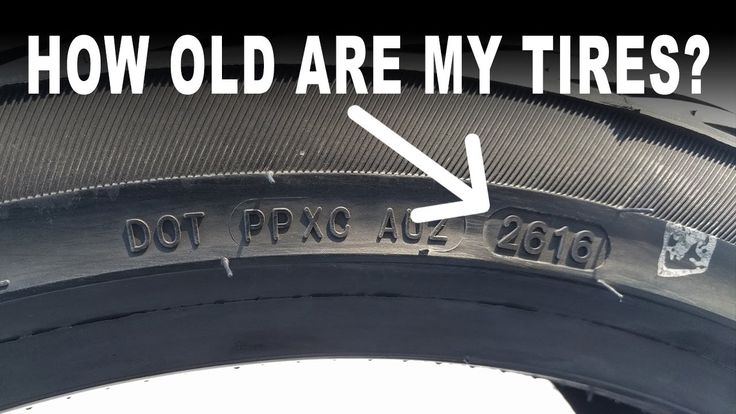 For instance, when it was written in 0203, the manufacturing year was 2003. But it is a bit tricky to know the manufacturing year of tires manufactured before 2000.
For instance, when it was written in 0203, the manufacturing year was 2003. But it is a bit tricky to know the manufacturing year of tires manufactured before 2000.
You need to check the last three digits of the DOT code. Check the first two digits to know the week. For instance, when the last three digits read 022, you should understand that the tire was manufactured in the 2nd week of that year. You might be thinking about how to know the year. The year is the 2nd year of that decade. It is easy to get confused to know the decade. It might be harder to know the exact decade. There might be some other indications to know the year.
*Image Copyright from kilgoretirecenter.com
What About the Incomplete DOT NumbersIncomplete DOT numbers mean the current DOT regulations demand the complete number to be written on one sidewall only. When you find a few digits on the opposite sidewall, you can check the other sidewall to find the complete DOT number.
Now you know how to read tire date codes. You can simply check at the sidewalls of tires to avoid any further confusion. Also, never lose your purchase receipt. If you do so, you might not get the warranty benefits. So, keep the receipts in a safe place and avoid any confusion by checking the DOT code. Whether you are interested in learning about wheel alignment or more about DOT numbers, our professionals here at Dan the Tire Man can answer your inquiries.
Monday, November 21, 2016 15:12:13 Europe/Moscow
How to determine the date of manufacture of a tire and the necessary service life, at which its technical characteristics and functionality will be at the highest level?
When the minimum tread depth is reached (4 mm for winter tires and 1.6 mm for summer tires), the tires are taken out of service and disposed of. As for the period of use over time, according to the recommendation of tire manufacturers, tires should not be used for more than ten years from the date of manufacture.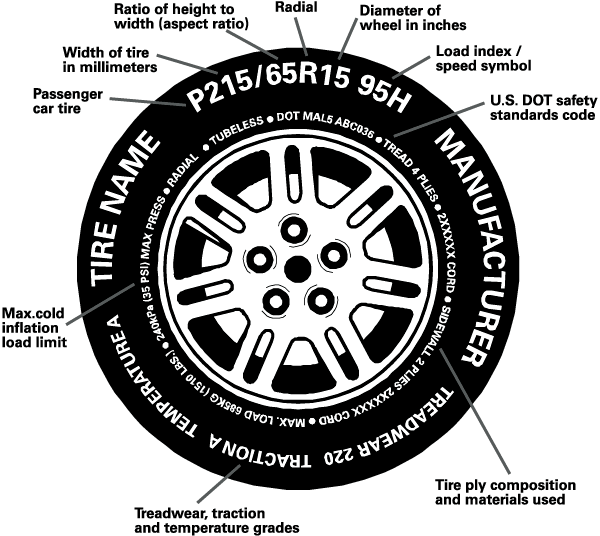 At the same time, it is worth distinguishing between the concepts of "service life" and "manufacturing warranty period". The latter is established by law and in the Russian Federation is five years from the date of production. During the warranty period, the manufacturer is responsible for the full compliance of the tire with all necessary technical requirements. nine0003
At the same time, it is worth distinguishing between the concepts of "service life" and "manufacturing warranty period". The latter is established by law and in the Russian Federation is five years from the date of production. During the warranty period, the manufacturer is responsible for the full compliance of the tire with all necessary technical requirements. nine0003
The date of manufacture of a tire is one of the mandatory markings and is applied to one of the sidewalls of the tire in the lower part of it, next to the seat area for the disc. This marking is a set of four digits, where the first two digits are the week of production, and the last two are the year . For example, "4815" means that the tire was manufactured in 2015 at week 48. In some cases, the date of manufacture is included with an alphanumeric code that contains information about the place of manufacture of the tire, it is applied next to the DOT abbreviation.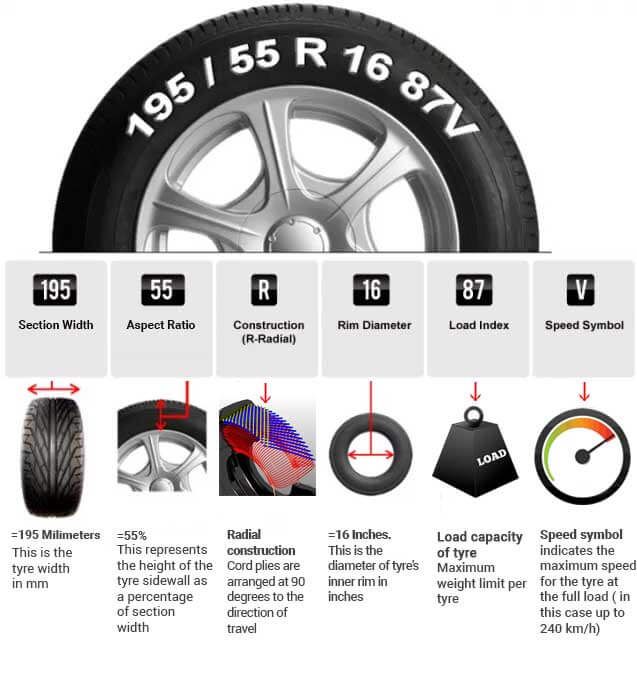 nine0003
nine0003
To sum up, a tire is considered new and high performance if it has been produced for less than 5 years. And the opinion that tires should be purchased only for the current year of manufacture is a delusion: tires are made in advance, before the start of the season. Thus, the tire that hit the shelf in the tire center in March 2017 will be produced in the second half of 2016, because it takes time to transport it, and if the tire is imported, it also takes time to go through the customs procedure. For your safety, choose certified tire centers for purchase, in which the tire storage process meets all standards and requirements. Tires must be used for no more than 10 years or to the minimum allowable tread depth in accordance with the season of use. In this case, the manufacturer bears its warranty obligations only during the first five years from the date of production. nine0003
Because the tire is constantly deformed during operation. All components of a car tire not only wear out from friction on the road surface, but are also exposed to the negative effects of sunlight, chemicals, etc. Thus, the general physical and chemical aging of the tire occurs. And if the level of physical tire wear can be assessed, then the consequences of changing the rubber structure due to aggressive environments and conditions are almost impossible for an ordinary driver to assess .
All components of a car tire not only wear out from friction on the road surface, but are also exposed to the negative effects of sunlight, chemicals, etc. Thus, the general physical and chemical aging of the tire occurs. And if the level of physical tire wear can be assessed, then the consequences of changing the rubber structure due to aggressive environments and conditions are almost impossible for an ordinary driver to assess .
Structural changes to the tire can lead to poor grip on all surfaces, rapid wear, chipping, cracking of the tread and other negative consequences. The problems listed above are only consequences of tread “aging”, but it is worth remembering that the tire almost entirely consists of various rubber compounds, which are also subject to “aging” with subsequent deterioration in tire performance.
In this case, a completely new tread can be misleading about the quality of the tyre. The level of tread depth affects the ability of the tire to drain water, as well as the effectiveness of traction in snow or mud, but the tread has only a part of the functions. There is also rubber in the tire, as well as a rather complex internal structure. The latter just can get damaged (deformation, curvature) during tire storage for 5 years or more. This can lead to an imbalance that contributes to the car pulling to the side and even the complete destruction of the tire during operation. nine0003
The level of tread depth affects the ability of the tire to drain water, as well as the effectiveness of traction in snow or mud, but the tread has only a part of the functions. There is also rubber in the tire, as well as a rather complex internal structure. The latter just can get damaged (deformation, curvature) during tire storage for 5 years or more. This can lead to an imbalance that contributes to the car pulling to the side and even the complete destruction of the tire during operation. nine0003
MICHELIN, BFGoodrich, Tigar tire warranty is 5 years from the date of manufacture or until the minimum acceptable wear level of the tread is reached in accordance with the legal requirements in force in the territory of the Customs Union, subject to the rules of transportation, storage, operation, specified by regulations and the manufacturer for each tire model, whichever comes first. During this period, the manufacturer guarantees the absence of manufacturing defects.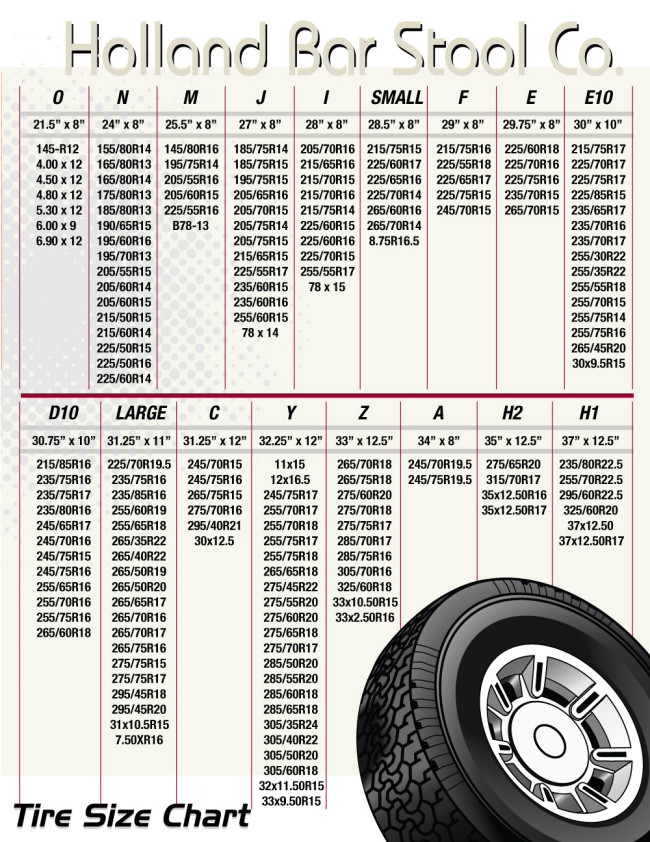 nine0013 In the event of a manufacturing defect, the consumer can return the tires for claim (this process is free for the user). The maximum term for consideration of the reclamation process takes 21 days, in accordance with paragraph 1 of Article 21 of the Law "On Protection of Consumer Rights" or in accordance with Article 502 of the "Civil Code of the Russian Federation". If a manufacturing defect is confirmed, new similar tires will be provided free of charge. Tires can be returned at the store where the purchase was made, or at any other TYREPLUS store. Addresses and phone numbers of the nearest tire centers TYREPLUS: https://tyreplus.ru/shinnye-centry
nine0013 In the event of a manufacturing defect, the consumer can return the tires for claim (this process is free for the user). The maximum term for consideration of the reclamation process takes 21 days, in accordance with paragraph 1 of Article 21 of the Law "On Protection of Consumer Rights" or in accordance with Article 502 of the "Civil Code of the Russian Federation". If a manufacturing defect is confirmed, new similar tires will be provided free of charge. Tires can be returned at the store where the purchase was made, or at any other TYREPLUS store. Addresses and phone numbers of the nearest tire centers TYREPLUS: https://tyreplus.ru/shinnye-centry
10 May 2018
No matter how ridiculous it may sound, but you need to choose tires for a car "fresh". This applies to both the purchase of new and the purchase of used wheels.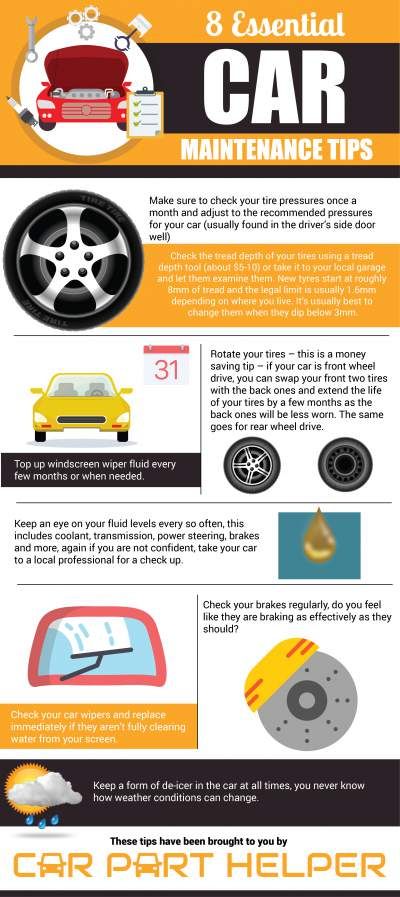 After all, the safety and comfort of a trip largely depends on the physical condition of the tires. And they have their own shelf life and operation.
After all, the safety and comfort of a trip largely depends on the physical condition of the tires. And they have their own shelf life and operation.
Subject to certain rules of packaging, transportation and storage of tires, the manufacturer guarantees the safety of the operational properties of tires for 5 years from the date of production. You can use tires after this period, but with a mandatory check of their condition at the beginning of each season. nine0003
Non-observance of storage conditions leads to loss of rubber elasticity. Rubber becomes harder, microcracks appear on its surface. Signs of aging seriously impair tire performance. The possibility of their further use is determined by the buyer himself, based on the technical condition of the tires.
To find out the date of manufacture of the tire, just look at the side surface of the tire. Here, along with other alphanumeric information, there is a four-digit number enclosed in an oval.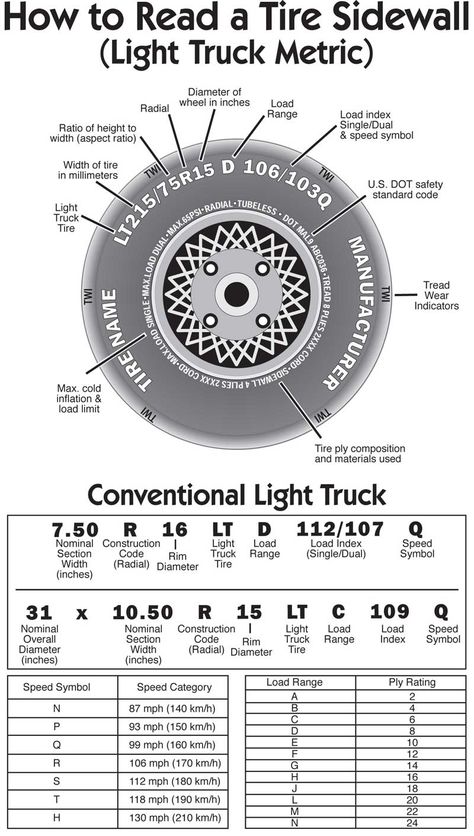 It is located at the end of the DOT code. nine0003
It is located at the end of the DOT code. nine0003
Regardless of the country of manufacture and the geography of tire sales, the numerical marking in the oval indicates the week number and year of manufacture of the tire. The first two digits are the production week number. The last two are the year of release. In our example, the numbers "3706" indicate that the tire was manufactured on the 37th week of 2006, that is, in the first week of October 2006.
A three-digit coding indicates that you have a tire in front of you that was created before 2000. For example, the code "127" indicates that the tire was made in the 12th week of the 7th year. To accurately identify the decade, pay attention to what comes after the number 7. The presence of a space ("127_") or another sign ("127▵") indicates 1997 issue. The absence of a space or signs - for 1987 production.
This complexity in the designation is due to the fact that in the 20th century, tire manufacturers did not expect that their products would be used for more than 10 years.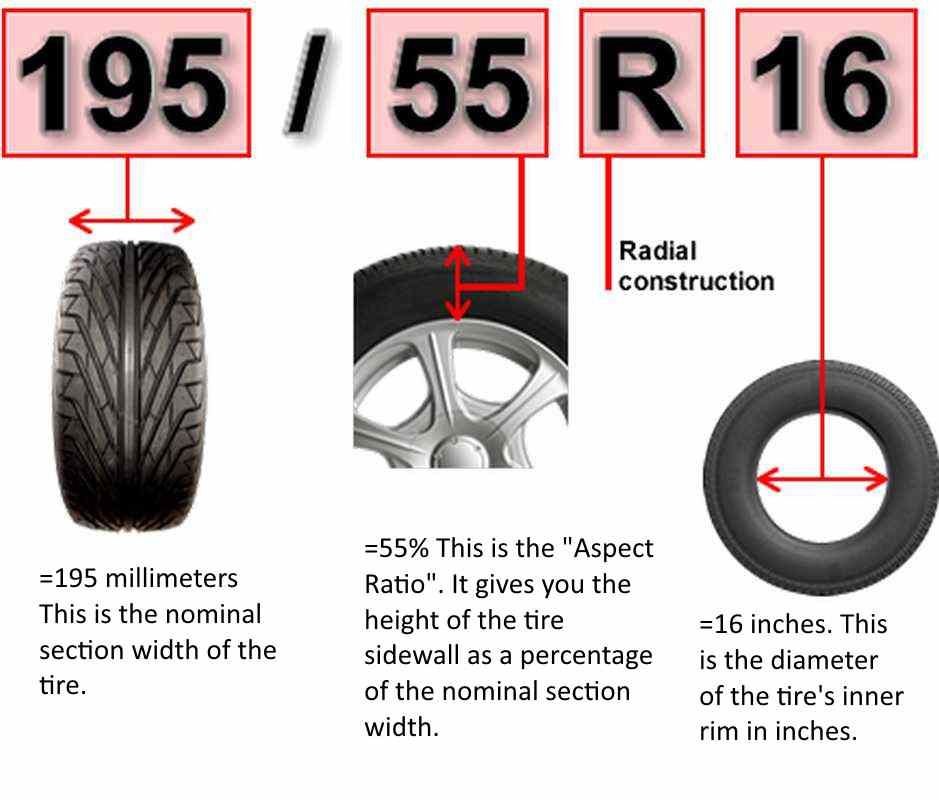 They switched to a more convenient 4-digit marking after 2000.
They switched to a more convenient 4-digit marking after 2000.
Japanese tires enjoy well-deserved popularity in the world. One of the brands, Bridgestone, has been producing a wide range of tires for cars, trucks and sports cars for more than 80 years. Each type of tire bears a standard marking of the rubber production date. The year of manufacture on Japanese tires is indicated on the sidewall, after the DOT marking. Look for the last 4 digits enclosed in an oval. The first two of them are the week number of the tires, the last two are the year of manufacture. nine0003
Without exception, all leading manufacturers recommend changing tires if they are 10 years old from the date of manufacture. Rubber older than 8 years is considered potentially dangerous to use.
Many offline and online shops offer to buy tires no older than 3-5 years.